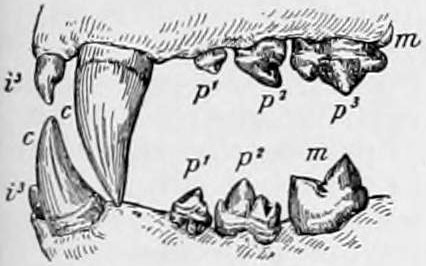|
Gaston Hamelin
Gaston Hamelin (27 May 1884 – 8 September 1951) was a French clarinetist and teacher. Born in Saint-Georges-sur-Baulche, Hamelin won the first prize for clarinet at the Paris Conservatory in 1904 under professor Charles Turban. He was a noted soloist, becoming the first to perform the ''Première rhapsodie'' for clarinet by Claude Debussy in 1919; he is also believed to be the first to record that work. Hamelin moved to the United States in 1926 to assume the seat of principal clarinetist for the Boston Symphony Orchestra. He performed with that group from 1926 to 1932, but was reportedly not offered a contract renewal because conductor Serge Koussevitzky disapproved of his practice of playing on a metal Selmer instrument instead of one made of the more traditional grenadilla wood. One anecdote about his dismissal records that he responded to praise on his performance in a rehearsal by waving his instrument in the air, which "enraged" Koussevitzky. In the early 1930s Hamelin ... [...More Info...] [...Related Items...] OR: [Wikipedia] [Google] [Baidu] |
Clarinet
The clarinet is a musical instrument in the woodwind family. The instrument has a nearly cylindrical bore and a flared bell, and uses a single reed to produce sound. Clarinets comprise a family of instruments of differing sizes and pitches. The clarinet family is the largest such woodwind family, with more than a dozen types, ranging from the BB♭ contrabass to the E♭ soprano. The most common clarinet is the B soprano clarinet. German instrument maker Johann Christoph Denner is generally credited with inventing the clarinet sometime after 1698 by adding a register key to the chalumeau, an earlier single-reed instrument. Over time, additional keywork and the development of airtight pads were added to improve the tone and playability. Today the clarinet is used in classical music, military bands, klezmer, jazz, and other styles. It is a standard fixture of the orchestra and concert band. Etymology The word ''clarinet'' may have entered the English language via the Fr ... [...More Info...] [...Related Items...] OR: [Wikipedia] [Google] [Baidu] |
Biting (embouchure)
Biting is an action involving a set of teeth closing down on an object. It is a common zoological behavior, being found in toothed animals such as mammals, reptiles, amphibians, fish, and arthropods. Biting is also an action humans participate in, most commonly when chewing food. Myocytic contraction of the muscles of mastication is responsible for generating the force that initiates the preparatory jaw abduction (opening), then rapidly adducts (closes) the jaw and moves the top and bottom teeth towards each other, resulting in the forceful action of a bite. Biting is one of the main functions in the lives of larger organisms, providing them the ability to forage, predation, hunt, eat, build, play (activity)#Other animals, play, fight, parental care, protect, and much more. Biting may be a form of physical aggression due to predatory or territorial intentions. In animals, biting can also be a normal activity, being used for eating, scratch reflex, scratching, carrying objects, prep ... [...More Info...] [...Related Items...] OR: [Wikipedia] [Google] [Baidu] |
